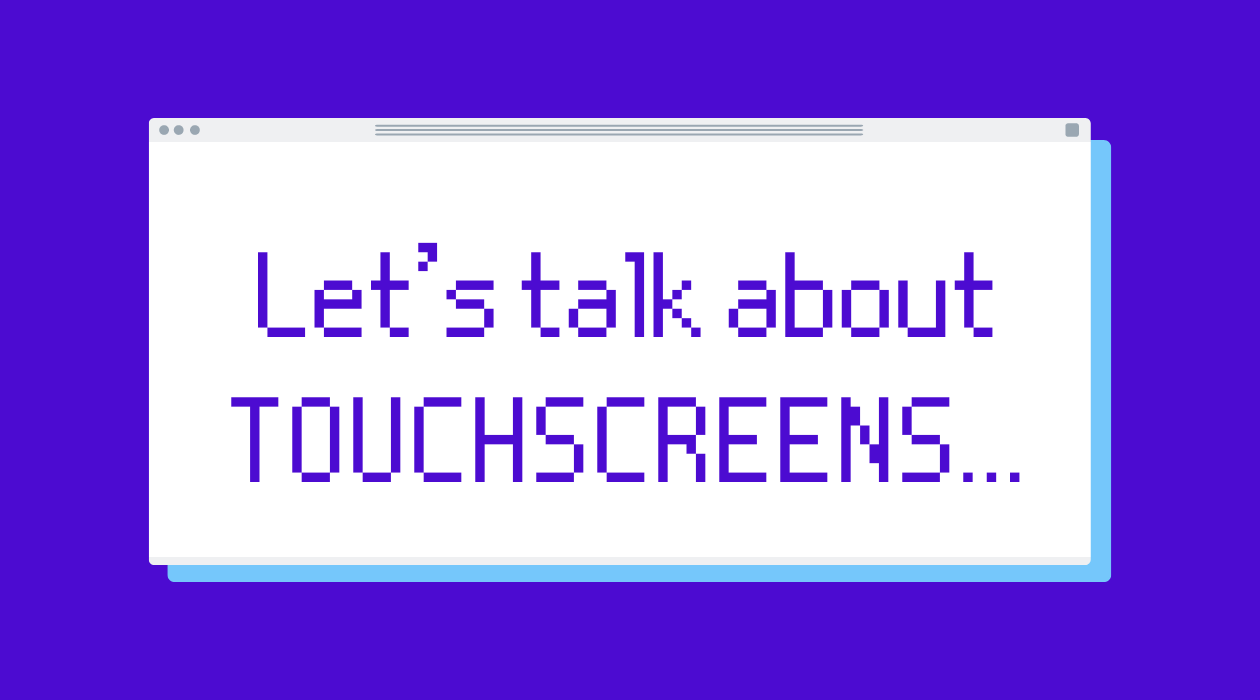With the advancement of technology, schools are no longer limited to traditional methods of teaching. Interactive digital tools, such as touch screens, have revolutionized the way students learn and engage with the material. In this blog post, we’ll explore the benefits of touch screens in schools and how they can improve the learning experience for students.
Interactive Learning Experiences
One of the most significant advantages of touch screens in schools is that they provide interactive learning experiences. Unlike traditional textbooks and lectures, touch screens enable students to interact with digital content, making the learning process more engaging and stimulating. With touch screens, students can manipulate images, videos, and other multimedia elements to gain a deeper understanding of the material.
Moreover, touch screens are highly customizable, allowing teachers to tailor the content to their students’ needs. They can create interactive quizzes, games, and other activities that can help students grasp complex concepts more easily. By making learning more interactive and personalized, touch screens can help students stay motivated and engaged in the classroom.
Enhancing Engagement
In addition to providing interactive learning experiences, touch screens can enhance engagement in the classroom. With touch screens, students can actively participate in class discussions and group activities. They can collaborate on projects and share their work with the rest of the class, fostering a sense of community and teamwork.
Furthermore, touch screens can help students who struggle with traditional teaching methods, such as reading and writing. By providing a more visual and interactive learning experience, touch screens can help students who learn better through hands-on activities and multimedia content. This can help boost their confidence and self-esteem, leading to better academic performance.
Promoting Collaborative Learning
Touch screens also promote collaborative learning, which is essential in today’s workforce. By encouraging teamwork and communication, touch screens can help prepare students for the challenges of the 21st century workplace. With touch screens, students can work together on projects, share their ideas, and learn from each other’s strengths and weaknesses.
Additionally, touch screens can help break down barriers in the classroom. They are more accessible for students with physical disabilities, allowing them to participate in class activities more easily. This can promote inclusivity and diversity in the classroom, creating a more welcoming and supportive learning environment for all students.
Conclusion
Overall, touch screens are an innovative and powerful tool that can enhance the learning experience for students. They provide interactive learning experiences, enhance engagement, and promote collaborative learning. By embracing this technology, schools can prepare their students for the challenges of the 21st century and equip them with the skills they need to succeed in their future careers.



No responses yet